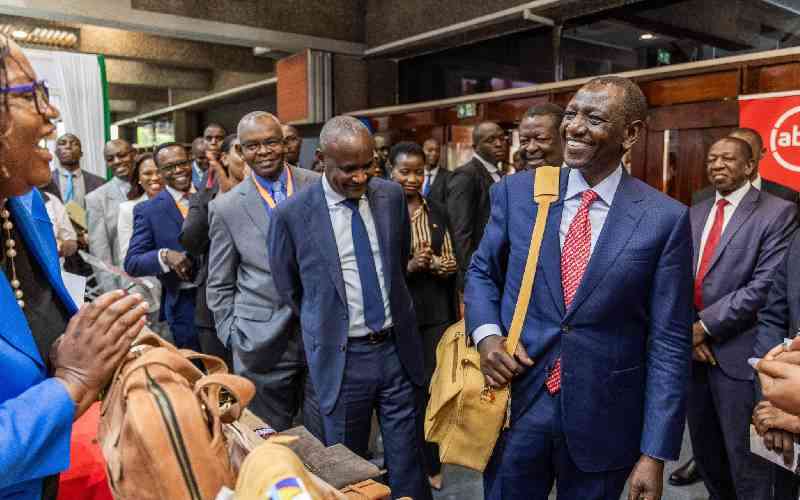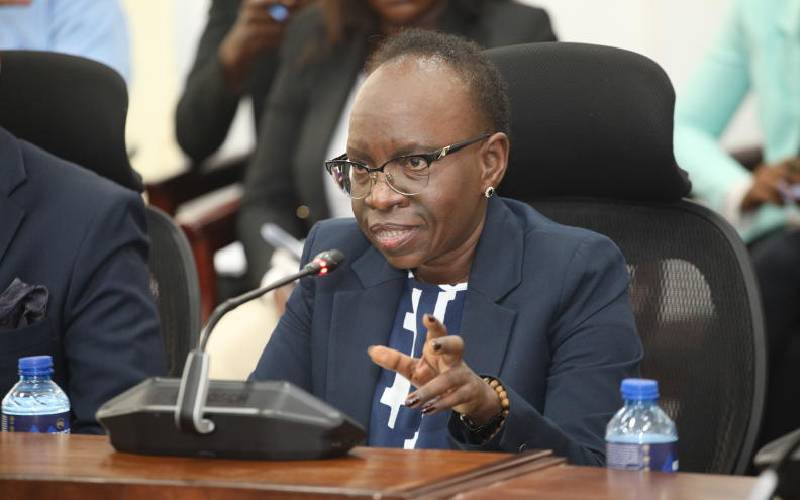
The global financial landscape has undergone profound transformation mostly driven by innovations such as credit cards, cryptocurrency, fintech, and artificial intelligence. At the heart of this evolution is data, which has become a cornerstone of modern banking and financial solutions. The rise of digital banking, powered by data-driven insights, is reshaping the industry, and expanding access to financial services.
This rise has consequently grown small and medium-sized enterprises (SMEs) which play a pivotal role in global economies by contributing to employment and economic growth. According to the United Nations, SMEs represent over 90 per cent of the business population, 60-70 per cent of employment opportunities, and 50 per cent of GDP worldwide.
Despite their economic significance, SMEs particularly women-owned and women-led SMEs (WSMEs) continue to experience financial disparities. According to the World Bank’s 2021 database, a financial gap of 1.7 trillion USD exists as 740 million women globally are unbanked, and 2.4 billion women worldwide lack the same economic rights as men. This is despite women entrepreneurs owning 22 per cent of micro-enterprises and 32 per cent of SMEs globally.
However, the rise of digital banking solutions, particularly the use of data, provides an avenue to address these challenges within the African financial landscape. In this era of data-driven banking, can data help to bridge this financial disparity to this critical sector?
The financial services sector by nature is considered one of the most data-intensive sectors, representing a unique opportunity to process, analyse, and leverage the data in useful ways. Data in the digital banking ecosystem is not just about numbers; it is about understanding customers’ needs, predicting behaviours, and tailoring services to meet those needs.
According to the World Bank’s financial inclusion database, only 42 per cent of women in Kenya have access to digital finance capabilities. This discrepancy underscores the need for greater action towards digital financial inclusion for women given that 40 per cent of informal and formal MSMEs in Kenya are owned by women.
For WSMEs, access to financial services is often hindered by traditional banking models that rely heavily on collateral and credit history. However, digital banking solutions can turn the tide by leveraging alternative data sources such as transaction histories and mobile money usage to build more inclusive financial products. By utilising real-time, behaviour-driven data, financial institutions can assess creditworthiness more accurately, extending credit to WSMEs that might otherwise be excluded.
One of the key ways to bridge the financial gap and provide more equitable access to credit for WSMEs is using alternative credit scoring methods. It fills the gap left behind by traditional credit assessment methods which fail to capture the full picture of a borrower’s creditworthiness, especially for those without extensive credit histories like most WSMEs.
These challenges are compounded by the limited resources and technical expertise that many WSMEs encounter. However, digital banking solutions offer a solution by utilising alternative data sources to build more inclusive credit profiles.
Financial institutions are able to assess creditworthiness based on real-time, behaviour-driven data, allowing them to extend credit to WSMEs that would otherwise be excluded. This approach not only helps financial institutions extend credit to WSMEs but also fosters an environment where these businesses can grow and thrive.
Traditional financial products often adopt a one-size-fits-all approach, which may not address the diverse needs of small businesses. Financial institutions need to have a better understanding of the existing market potential and constraints facing WSMEs to design strategies and tailored offerings that will allow them to better cater to these unmet financing needs.
 The Standard Group Plc is a
multi-media organization with investments in media platforms spanning newspaper
print operations, television, radio broadcasting, digital and online services. The
Standard Group is recognized as a leading multi-media house in Kenya with a key
influence in matters of national and international interest.
The Standard Group Plc is a
multi-media organization with investments in media platforms spanning newspaper
print operations, television, radio broadcasting, digital and online services. The
Standard Group is recognized as a leading multi-media house in Kenya with a key
influence in matters of national and international interest.
 The Standard Group Plc is a
multi-media organization with investments in media platforms spanning newspaper
print operations, television, radio broadcasting, digital and online services. The
Standard Group is recognized as a leading multi-media house in Kenya with a key
influence in matters of national and international interest.
The Standard Group Plc is a
multi-media organization with investments in media platforms spanning newspaper
print operations, television, radio broadcasting, digital and online services. The
Standard Group is recognized as a leading multi-media house in Kenya with a key
influence in matters of national and international interest.







